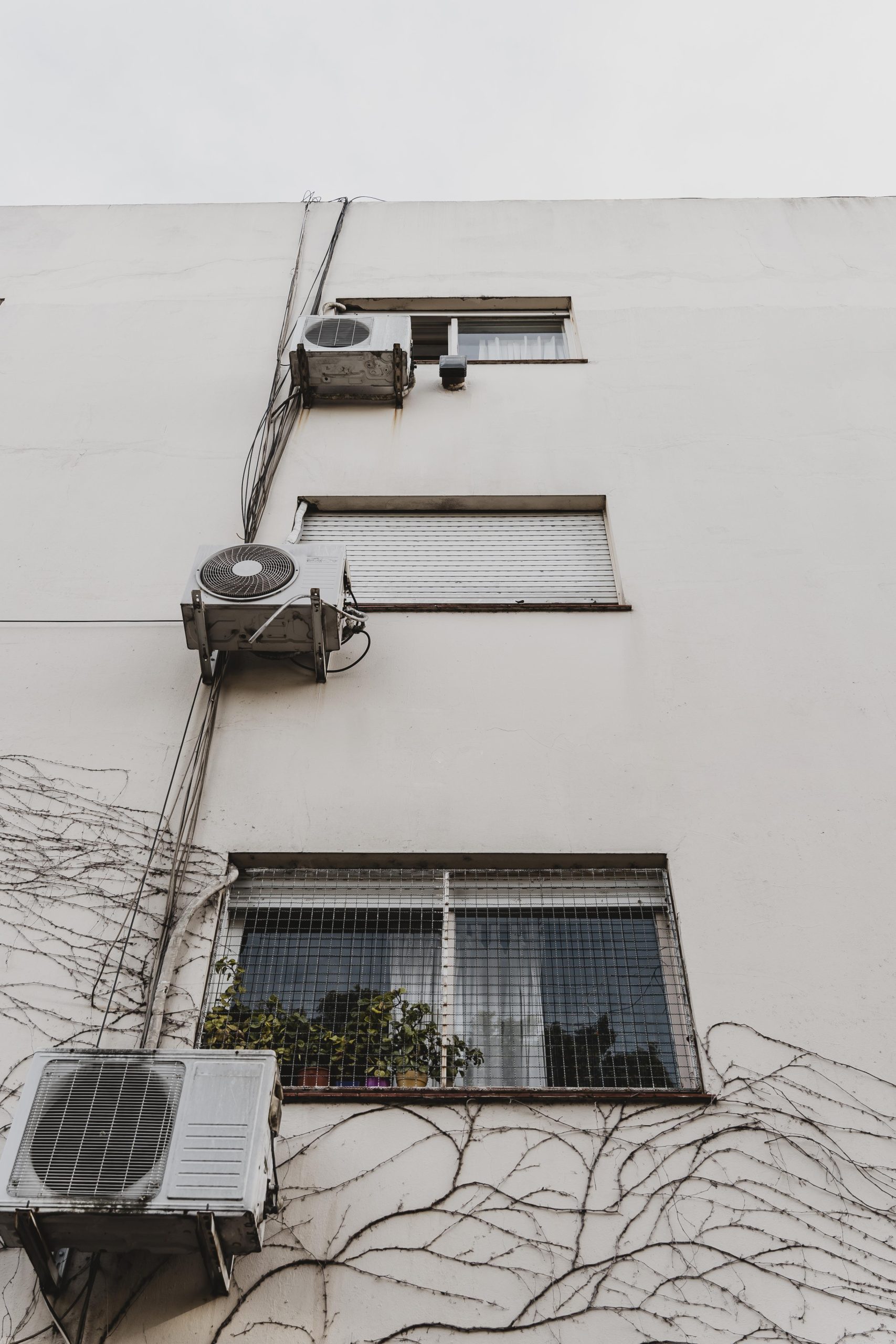Introduction ADU stands for Accessory Dwelling Units. ADUs are small structures whose coverage doesn’t exceed 1000 sq. feet. They are

Older buildings often come with charm and history, but their aging infrastructure presents unique challenges, especially regarding heating, ventilation, and air conditioning (HVAC) systems. Inefficient HVAC systems in older buildings lead to higher energy costs, inconsistent comfort levels, and increased environmental impact. Addressing these inefficiencies requires a strategic approach combining modern technology with thoughtful engineering. In this article, we explore practical solutions to fix inefficient HVAC systems in older buildings, emphasizing the critical role of companies like InnoDez in delivering innovative and sustainable MEP (Mechanical, Electrical, and Plumbing) design solutions.
Before implementing solutions, it’s crucial to pinpoint the root causes of inefficiency. Common problems in older HVAC systems include:
Older HVAC systems were not designed with today’s energy efficiency standards in mind. Outdated furnaces, air conditioners, and ductwork are often less effective and more prone to wear and tear.
Decades of inconsistent or insufficient maintenance can lead to clogged filters, dirty coils, and malfunctioning components that reduce system efficiency.
Older buildings often suffer from poor insulation and air leaks, forcing HVAC systems to work harder to maintain indoor temperatures.
Many older buildings were not originally designed for modern HVAC systems. This mismatch can result in inefficient airflow and uneven heating or cooling.
Fixing inefficient HVAC systems involves a combination of repairs, upgrades, and strategic retrofits. Below are the key steps to revitalizing HVAC systems in older buildings:
A thorough assessment of the existing HVAC system is the foundation for any improvement plan. This audit should include:
Partnering with experts like InnoDez ensures that this audit is both comprehensive and actionable. Their expertise in MEP design allows them to identify inefficiencies and recommend tailored solutions.
Modern HVAC systems are designed to meet higher energy efficiency standards, offering substantial cost savings over time. Key upgrades include:
Replacing outdated units with Energy Star-rated equipment significantly improves energy efficiency and performance.
Variable speed HVAC systems adjust output based on demand, providing more precise temperature control and reducing energy consumption.
Integrating smart thermostats allows for better temperature management and energy savings through programmable schedules and real-time monitoring.
Ductwork plays a crucial role in HVAC efficiency, yet it is often overlooked in older buildings. Common ductwork issues include leaks, improper sizing, and poor layout.
Air leaks in ductwork can lead to significant energy loss. Sealing these leaks with mastic or metal-backed tape restores efficiency.
In some cases, redesigning the duct layout or resizing ducts ensures even airflow and optimal system performance. InnoDez excels in reengineering duct systems for older buildings, balancing modern standards with existing architecture.
Addressing inefficiencies in the building envelope reduces the strain on HVAC systems. Key improvements include:
Older buildings often lack adequate ventilation, leading to poor indoor air quality and HVAC inefficiencies. Modern ventilation solutions include:
HRVs exchange stale indoor air with fresh outdoor air while retaining heat, reducing energy loss and improving air quality.
DCV systems adjust ventilation rates based on occupancy, ensuring optimal air exchange without wasting energy.
Incorporating renewable energy sources into HVAC systems can drastically improve efficiency and sustainability. Popular retrofitting options include:
Solar panels can power HVAC components, reducing reliance on grid electricity and lowering operating costs.
Geothermal systems utilize stable underground temperatures for efficient heating and cooling. While the initial installation cost is higher, the long-term savings are substantial.
Ongoing maintenance ensures that HVAC systems continue operating efficiently. Essential maintenance tasks include:
Implementing smart HVAC monitoring systems provides real-time data on system performance, allowing for proactive maintenance and energy management.
Retrofitting HVAC systems in older buildings comes with unique challenges, such as:
Limited space can make it difficult to install new equipment or reroute ductwork. InnoDez’s expertise in creative MEP design ensures that retrofits maximize available space without compromising performance.
Many older buildings are historically significant, requiring careful planning to ensure HVAC upgrades do not alter their character. InnoDez specializes in designing solutions that respect architectural aesthetics.
While retrofitting can be expensive, prioritizing upgrades with the highest return on investment helps manage costs. Energy efficiency incentives and grants may also offset expenses.
InnoDez stands out as a leader in MEP design, offering comprehensive solutions tailored to the unique needs of older buildings. Their services include:
InnoDez develops custom HVAC designs that integrate seamlessly with the existing infrastructure while meeting modern efficiency standards.
Using state-of-the-art energy modeling tools, InnoDez evaluates various retrofit scenarios to identify the most cost-effective and sustainable solutions.
InnoDez excels in incorporating renewable energy sources into HVAC systems, ensuring long-term efficiency and environmental benefits..
Conclusion
Fixing inefficient HVAC systems in older buildings is essential for reducing energy costs, enhancing occupant comfort, and achieving sustainability goals. By conducting thorough audits, upgrading equipment, optimizing ductwork, and incorporating renewable energy, building owners can transform outdated systems into efficient and modern solutions.
InnoDez’s expertise in MEP design makes them an invaluable partner in this process. Their innovative approach ensures that retrofits not only address inefficiencies but also set a foundation for long-term performance and sustainability. Whether it’s a historic landmark or a mid-century office building, InnoDez delivers solutions that bring HVAC systems into the future without compromising the past.
About Author
Xhuljo Jakup